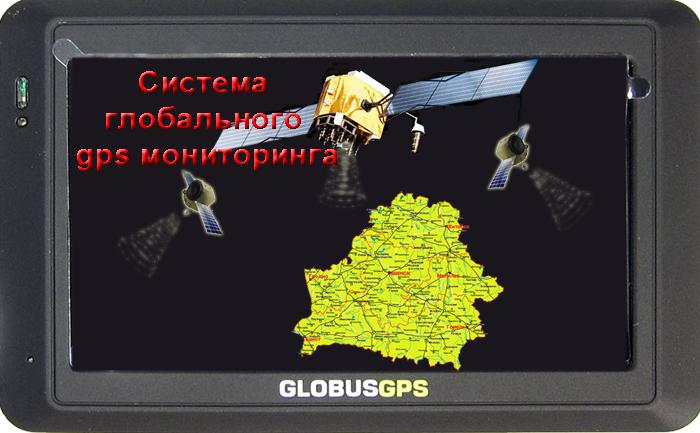What is GPS and why Garmin navigators are useful for travel and daily use.
Briefly about GPS and Garmin Navigators
The global GPS monitoring system is undoubtedly one of humanity’s most successful inventions of the last 25 years. After all, it has made life significantly safer for some and greatly simplified the professional tasks of others. That’s why it’s worth learning more about the GPS system.
The first GPS navigation satellite was launched in the USA back in 1978. Today, the American NAVSTAR GPS system includes more than 28 satellites moving at 3 km/s across 6 fixed orbits. These satellites orbit at an altitude of 20,000 km, making it possible to create a comprehensive satellite navigation network accessible from virtually any point on Earth. Moreover, if one satellite fails, a replacement is launched immediately.
In many countries, including those of the former Soviet Union, GPS became available to the general public more than 20 years ago. Russia developed its own system called GLONASS, with the first satellite launched in 1982. By 1993, the system had been fully deployed, covering the globe with a satellite web.
A few years later, however, due to financial issues, the Russian GPS program was temporarily suspended — only to resume in the new millennium with renewed efforts.
Currently, the GLONASS system has 18 satellites in orbit, with 6 more expected soon, aiming to expand coverage worldwide.
Today, users of devices such as the GARMIN GPSMAP 60Cx, GARMIN GPSMAP 60CSX, and other portable navigators benefit from accurate and reliable navigation across Russia, thanks to strong GLONASS coverage. Unsurprisingly, navigator sales — including Garmin models — are growing rapidly. In fact, GPS device sales peaked in 1997, exceeding 3 billion units annually. Most of those were consumer-grade navigators. The benefits are clear — with a GARMIN GPSMAP 60CX or 60CSX, you can quickly determine your position using satellite signals and view it on a map. The devices are user-friendly and require no special skills. Overall, GPS devices fall into several categories.

The most popular today are stationary GPS systems used in vehicles. They feature large screens and powerful antennas that speed up location tracking. Another type is the professional-grade GPS used in aviation and shipbuilding, ensuring uninterrupted navigation worldwide. Then there are compact devices, similar to small computers but more mobile. Lastly, we have portable GPS navigators, distinguished by their larger external antennas — these are the current best-sellers.